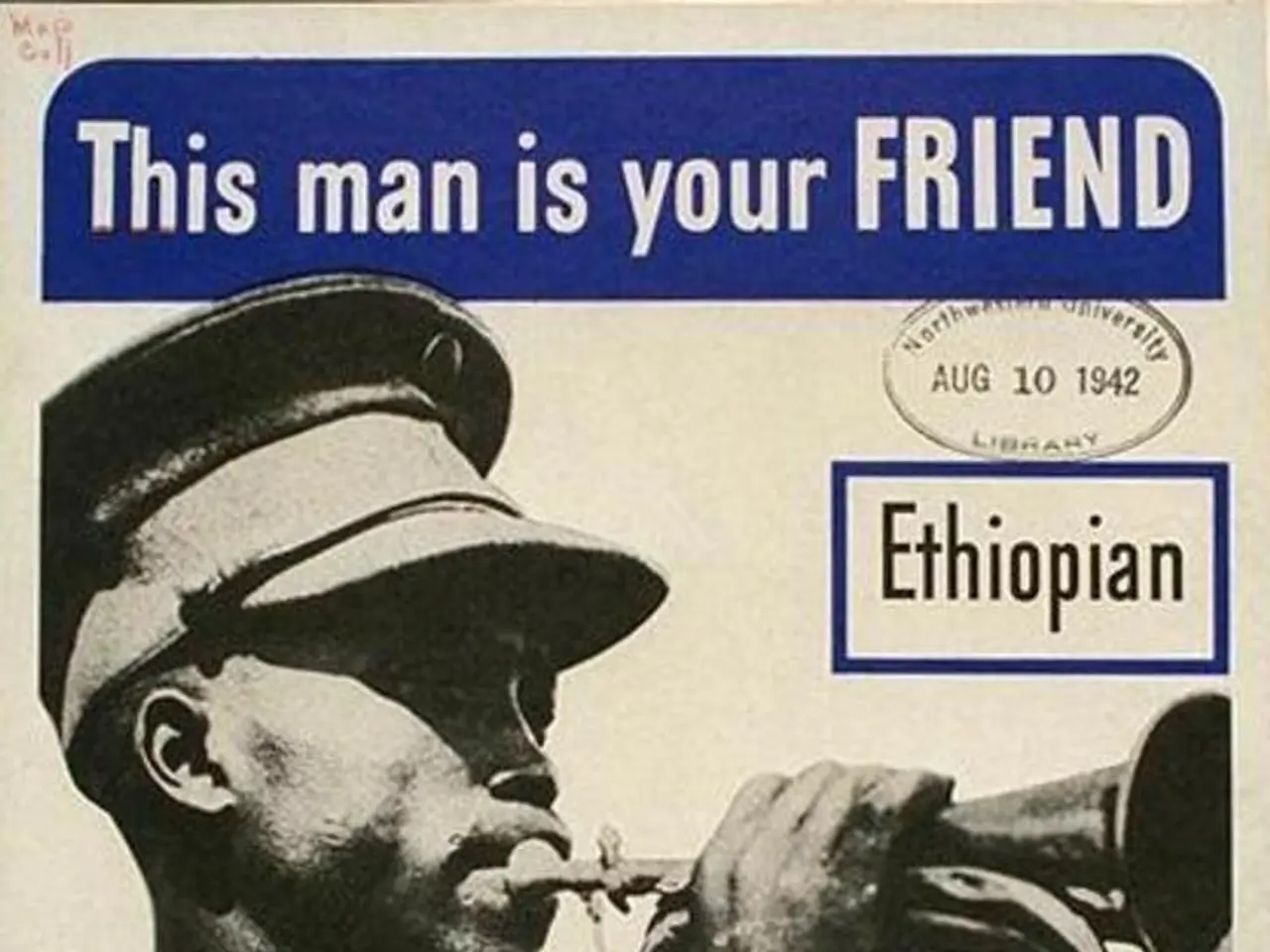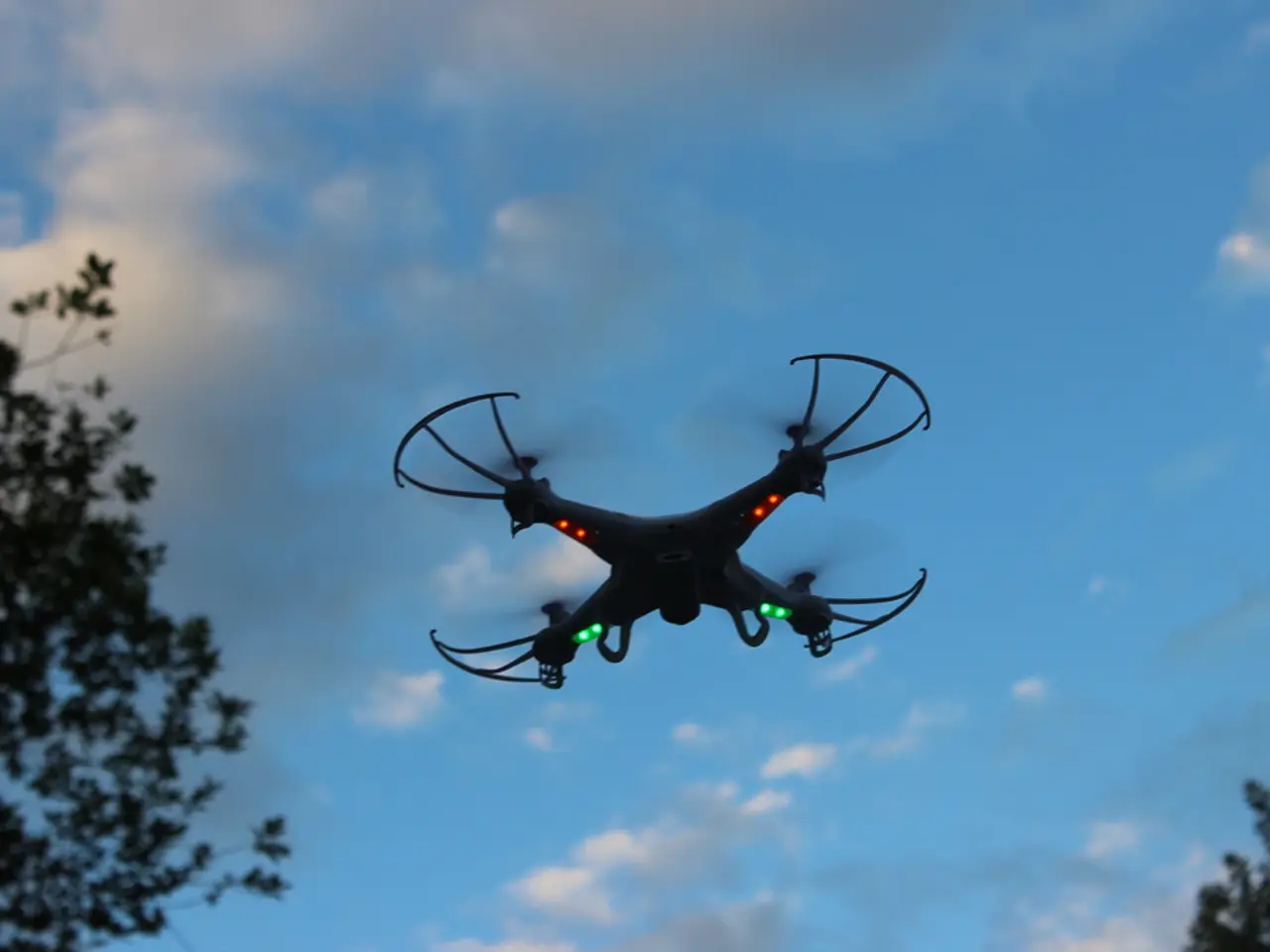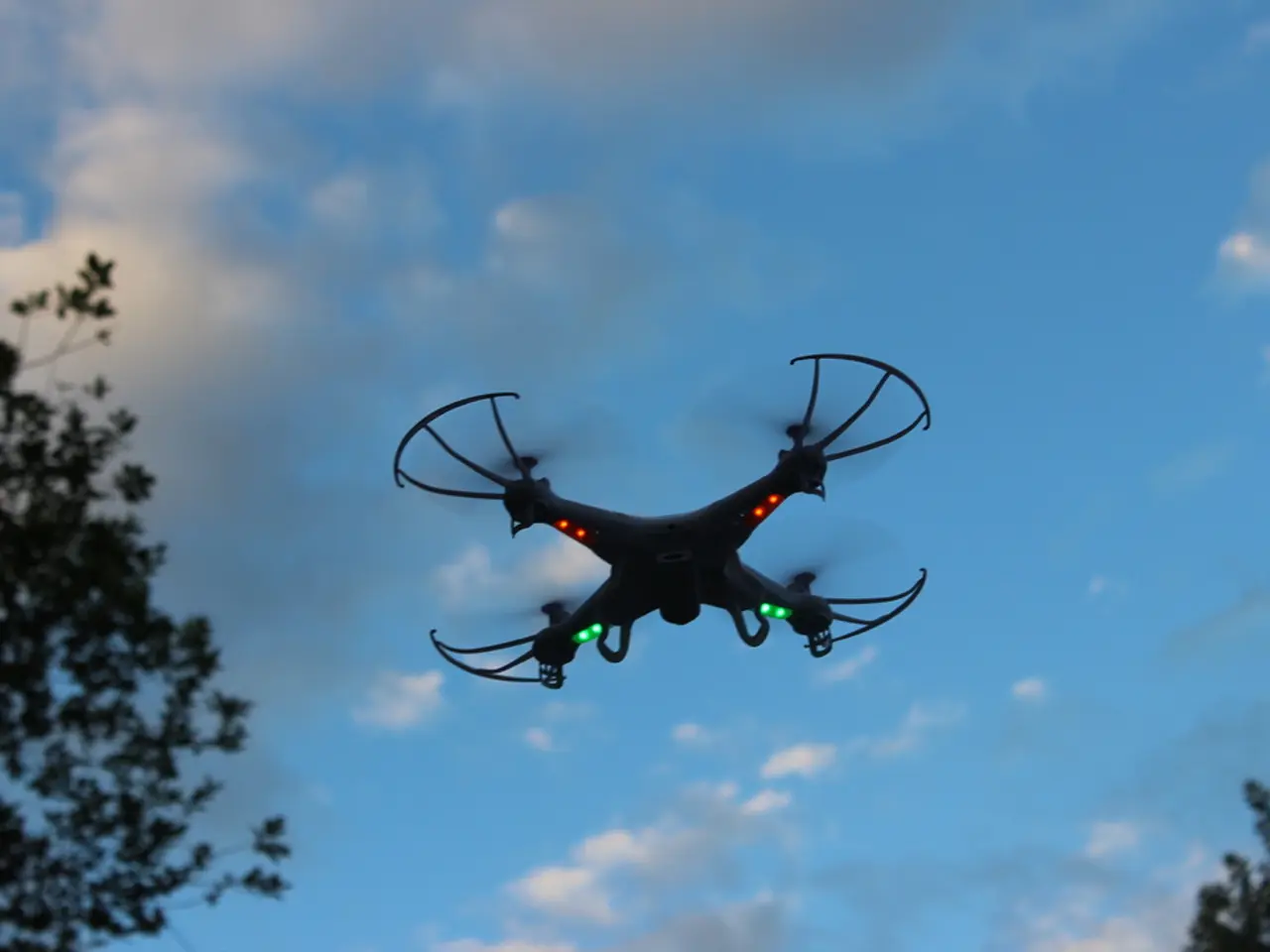Interventional Radiologist's Innovative Approach: Splenic Artery Pseudoaneurysm Embolization through Sequential Aspiration, Injection of a Gelatin-based Hemostatic Agent and Autologous Blood Clot, and Subsequent Suture Coiling (SAMEER)
A new method for embolization of splenic artery pseudoaneurysms, known as the SAMEER technique, has been described. This technique involves a combination of sequential aspiration and injection of a gelatin-based hemostatic agent mixed with autologous blood clot, followed by suture coiling.
The SAMEER technique aims to achieve localized hemostasis and secure occlusion of the pseudoaneurysm by combining a biocompatible hemostatic material with the patient’s own blood clot, augmented mechanically with suture coiling for stability. This approach could potentially improve the embolization material’s adherence and reduce complications like coil migration or recanalization.
Traditional embolization approaches often use coils, glue, or plugs. However, incorporating a gelatin-based agent with autologous clot could offer significant advantages in terms of adherence and reduction of complications.
The SAMEER technique was demonstrated to be safe and effective in a series of two cases. In one case, a 49-year-old man with severe acute pancreatitis presented with symptoms such as profuse sweating, giddiness, profound pallor, and a drop in hemoglobin level. The patient underwent percutaneous direct embolization of the pseudoaneurysm using the SAMEER technique. Complete hemostasis within the aneurysm sac was noted after a procedure time of approximately 20 minutes, and the patient improved clinically with resuscitation measures and did not require any further blood transfusions.
At a follow-up doppler ultrasound at 3 weeks, the aneurysm showed complete occlusion and no signs of recanalization. The patient's hemoglobin level was recorded at 9.4 g/dL, and vital signs were stable at the 3-week follow-up after embolization.
The materials required for the SAMEER technique include a gelatin-based hemostatic agent, 10 mL Leur lock syringes, a 3-way stop cock, normal saline, iodinated contrast agent, 2-0 Nylon sutures, and a puncture needle.
The SAMEER technique may be particularly useful in resource-poor settings where cost-effective treatment options for ruptured splenic artery pseudoaneurysms are necessary. In cases where endovascular embolization is not feasible, percutaneous image-guided direct puncture and embolization of the pseudoaneurysms is a valuable option.
Pseudoaneurysms of the splenic artery often arise as a complication of pancreatitis. This novel technique could represent a significant step forward in the treatment of these life-threatening conditions. However, more research, including procedural details, outcomes data, and clinical studies, is needed to fully understand the potential benefits and limitations of the SAMEER technique.
- This advancement in medical-conditions, the SAMEER technique, showcases a novel approach to embolization of splenic artery pseudoaneurysms in chronic-diseases like severe acute pancreatitis.
- The SAMEER technique, a combination of sequential aspiration, injection, and suture coiling, aims to secure occlusion of the pseudoaneurysm in chronic-kidney-disease patients.
- The use of a gelatin-based hemostatic agent mixed with autologous blood clot in the SAMEER technique could potentially improve embolization material adherence and reduce complications.
- Traditional methods for embolization, such as coils, glue, or plugs, often result in coil migration or recanalization, a concern that the SAMEER technique addresses.
- The SAMEER technique was proven safe and effective in two cases, demonstrating its potential in the medical-conditions field.
- In one case, a 49-year-old patient with severe acute pancreatitis underwent percutaneous direct embolization of the pseudoaneurysm, subsequently experiencing complete hemostasis.
- The SAMEER technique offers a cost-effective treatment option in resource-poor settings, where endovascular embolization may not be feasible.
- Pseudoaneurysms of the splenic artery often arise as a complication of pancreatitis, and this novel technique could represent a significant step forward in treating these life-threatening medical-conditions.
- The materials required for the SAMEER technique include a gelatin-based hemostatic agent, syringes, a 3-way stop cock, normal saline, iodinated contrast agent, sutures, and a puncture needle.
- The SAMEER technique has the potential to improve cardiovascular-health by mitigating the risks associated with ruptured splenic artery pseudoaneurysms.
- The manufacturing industry could benefit from the development of gelatin-based hemostatic agents for medical-conditions such as splenic artery pseudoaneurysms.
- The SAMEER technique’s effectiveness in reducing complications may have implications for other industries, such as insurance and finance, by lowering the associated costs of medical-conditions treatment.
- The environmental-science community could explore the environmental impact of gelatin-based hemostatic agents to ensure their safety and compatibility with the environment.
- The health benefits of the SAMEER technique could extend to neurological-disorders, autoimmune-disorders, and other chronic-diseases, improving patients’ quality of life.
- Climate-change could potentially impact the production and distribution of gelatin-based hemostatic agents, necessitating research in sustainable manufacturing methods.
- The SAMEER technique’s success in increasing the adherence of embolization materials could inspire similar advancements in the field of respiratory-conditions, such as emphysema or asthma.
- In the realm of digestive-health, the SAMEER technique could lead to the development of new treatment options for digestive-health issues, such as hemorrhagic gastritis.
- Ophthalmologists might explore the use of gelatin-based hemostatic agents in eye-health procedures to minimize complications and improve patient outcomes.
- The SAMEER technique’s impact on hearing and balance could stimulate research in inner ear treatments for hearing loss or vertigo.
- As the SAMEER technique reduces the risks associated with Alzheimers-disease, it could contribute to a broader understanding of the disease’s causes and potential treatments.
- The use of wearables, smart-home-devices, and cybersecurity in monitoring patients’ health could facilitate the early detection and treatment of conditions like Alzheimers-disease.
- The SAMEER technique’s emphasis on adherence and reduction of complications could inspire innovation in the field of skin-conditions, such as keloids or hypertrophic scars.
- In space-and-astrononmy, the SAMEER technique’s principles could be applied to treatments for space-related medical-conditions, such as radiation injuries.
- The development of affordable and effective treatments for chronic-diseases like cancer could stimulate entrepreneurship in the retail sector, as health-conscious consumers seek out products and services that address their needs.
- Public-transit systems could incorporate the SAMEER technique’s principles into their emergency response protocols for dealing with life-threatening medical-conditions.
- In the automotive industry, the application of the SAMEER technique could lead to advancements in car safety systems, reducing the risks associated with emergency situations.
- The SAMEER technique’s focus on leadership, diversity, and inclusion could inspire similar values in the transportation sector, fostering a more equitable and innovative industry.
- The application of the SAMEER technique in embolization procedures could have far-reaching implications for various sectors, including technology, venture-capital, personal-finance, banking-and-insurance, fintech, real-estate, commercial, residential, and the stock-market, ultimately improving overall health and wealth management.







